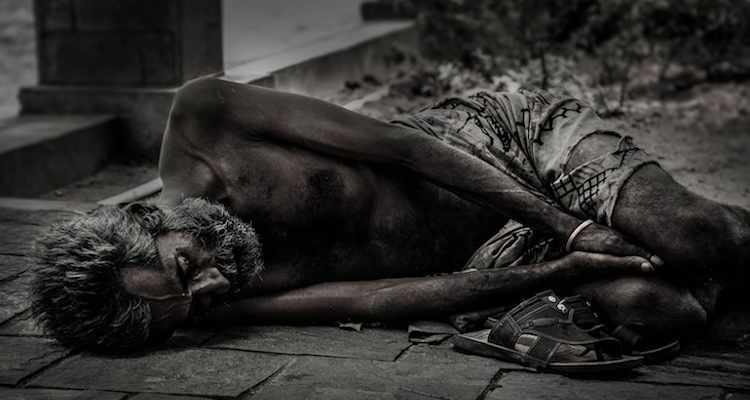Rich and poor, poor and rich. These two small words have been the driving force behind so many of the world’s cultural, social and economic history. In the old days, of course, the rich and powerful had it better than you and me – they lived secure in castles, protected by handy stone walls and crocodile-infested moats while peasants went to sleep on bags of hay. The advent of industrialization changed this for a sizeable chunk of the world – now, the lords and kings of old were the people who ran the factories and built the railroads on the backs of others. Even today, one could easily put forth the argument that little has changed: we just call them the “one per cent.”
In other parts of the world, however, things haven’t changed at all from where we were centuries ago. In tiny, remote villages, farmers and herders struggle on tiny incomes, sometime less than two dollars a day. For most of the 90s and 2000s, we painted an idealized future based off the “global village” concept – where international trade would slowly raise living standards all across the world, elevating low-income communities into prosperous members of the middle class. By and large, large-scale change failed to manifest in any meaningful way. Impoverished communities at the marginalized outskirts of civilization remain to be just that – marginalized and impoverished. Economists and sociologists have taken to calling this the “poverty trap.”

Diseases can have a terrible knock-on effect on everything around them. If a farmer gets sick, then they’ll no longer be able to feed animals or tend to their crops, which can lead to a poor harvest, which can lead to lower income… and so on. And the worse each harvest gets, the less money a family will have to purchase things that might lift them back out of poverty, such as doctors or medication. Poor people who live in remote regions – more than 800 million as of 2017 – will likely be consigned to continue this life.



